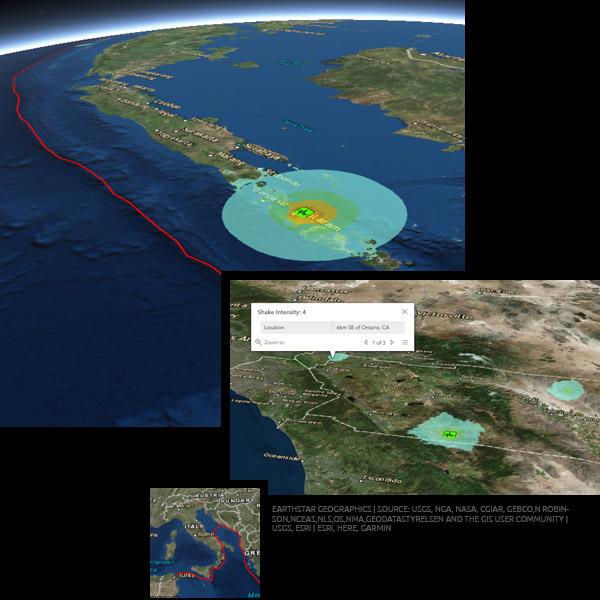

Now that we have our folder structure, we need to fill it. Your folder structure should now look like this: “wads”-where we store our texture packages, called “.wad” files.“working”-where we store our rough drafts “.map” files.“tools”-where we store our editor and compiler.“id1″-where we store the original Quake content and our completed maps.Inside of “C:\QuakeDev”, create the following folders: This is where we will keep all of our tools and content. In this root directory, create a folder named “QuakeDev”. Go to a root directory of your computer, this could be your “C:” drive, or an “E:” or “F:” drive if you use external storage. To start, we need to create some folders. If you prefer a video explanation for setting up your tools, here is Dumptruck_DS’s quickstart tutorial covering the basics: Also note that Jonathan’s setup includes some tools we won’t be using in this tutorial, and there are some small differences in the file structure.

All you need to do is add an “id1” folder with your “pak0.pak” and “pak1.pak” files, which I explain below. If you want to skip this tutorial and jump straight into the tools, you can download Jonathan Linat’s setup. Then we’ll set up our level editor, Trenchbroom. First, we’ll set up Quake to run with a modern sourceport. In this tutorial, I’ll walk through the basic setup for the tools to make your first Quake map. Just unzip and it's ready to go.For the rest of this series, see Preface and Part 2. Earthquakes are shown in near real-time using the latest data from the USGS via the internet.Įarthquake 3D is also free to download and super easy to install. Filter earthquakes by size and time, then select from many display options that include quake indicators and map references (such as quake depth, clusters, and Richter scale magnitude).

You can adjust and customize the display to see earthquakes in a variety of different ways. See at a glance up to seven days of global earthquake activity. You can zoom and spin your way around the globe while viewing earthquakes in three dimensions. Their authors and/or respective institutions.ĮarthQuake 3D is a simple and easy to use desktop display of the world's last 20 significant earthquakes. The materials shown on this page are copyright protected by


 0 kommentar(er)
0 kommentar(er)
